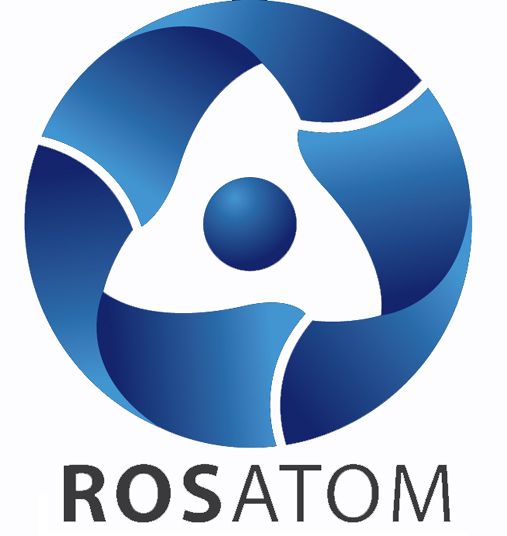Rosatom and the government of Primorsky Krai on the Pacific Coast of Russia have signed an agreement for a feasibility study and location options for floating nuclear power units off its coast.
The agreement was signed at the Atomexpo 2024 event in Sochi. It aims to produce reliable and carbon-free electricity in the region, which borders China and North Korea and is about 250 miles west of Japan.
Rosatom said the agreement will also include the financial, economic, legal and technical aspects necessary for a prospective project, as well as how it would be organized. It is estimated by the country's Unified Energy System operator that the Far Eastern region of Russia will need at least one billion three hundred and fifty megawatts of power by 2030.
Andrei Leontyev is the Minister of Energy and Gas Supply of the Primorsky Territory. He said, “Initially, we see the need for four floating power units to eliminate the energy shortage in the south ... in addition to small-scale nuclear energy, we also consider it necessary to create a nuclear power plant with two 600 MW units in the medium term for the development of our region.”
Andrey Nikipelov is the Rosatom Deputy Director General for Mechanical Engineering and Industrial Solutions. He said, “Small-scale nuclear power is a modern green way of stable energy supply with energy costs projected for decades ... floating power units with their mobility and scalability are a doubly flexible solution not only to cover the current needs of a region with actively developing industry and infrastructure, but also new opportunities that will further expand the economic potential of the region and provide better living conditions for people.”
Rosatom has developed floating nuclear power plants based on the RITM-200 reactor. This reactor has been used on Russia’s new fleet of nuclear-powered icebreakers. Construction has begun for units to supply the Baimsky Mining and Processing Plant, with “dozens of countries and region” showing an interest. It says that there is a need for up to fifteen floating nuclear power units for Russia's Arctic zone.
Russia already has one floating nuclear power plant named the Akademik Lomonosov (AL). The AL is currently stationed at Pevek where it supplies heat and power to the town. Two KLT-40S reactors generating thirty-five megawatts each are supplying the power. The KLT-40S are similar to those used in a previous generation of nuclear-powered icebreakers.
Rosatom also signed an agreement with Russia's TSS Group at the Atomexpo forum. The agreement spelled out terms for the formation of a joint venture for the construction and operation of floating nuclear power units for foreign markets.
The floating power plants will contain RITM-200 reactors and have a capacity of one hundred megawatts and a service life of at least sixty years.
Sergei Velichko is the Chairman of TSS Group. He said, “Floating power units are an effective solution to the problems of current and future energy shortages in regions with rapidly developing economies ... we see high demand for a stable and green source of energy in almost all countries in Africa and the Middle East ... we believe that the largest sovereign funds will be serious drivers of investment in this technology.”
